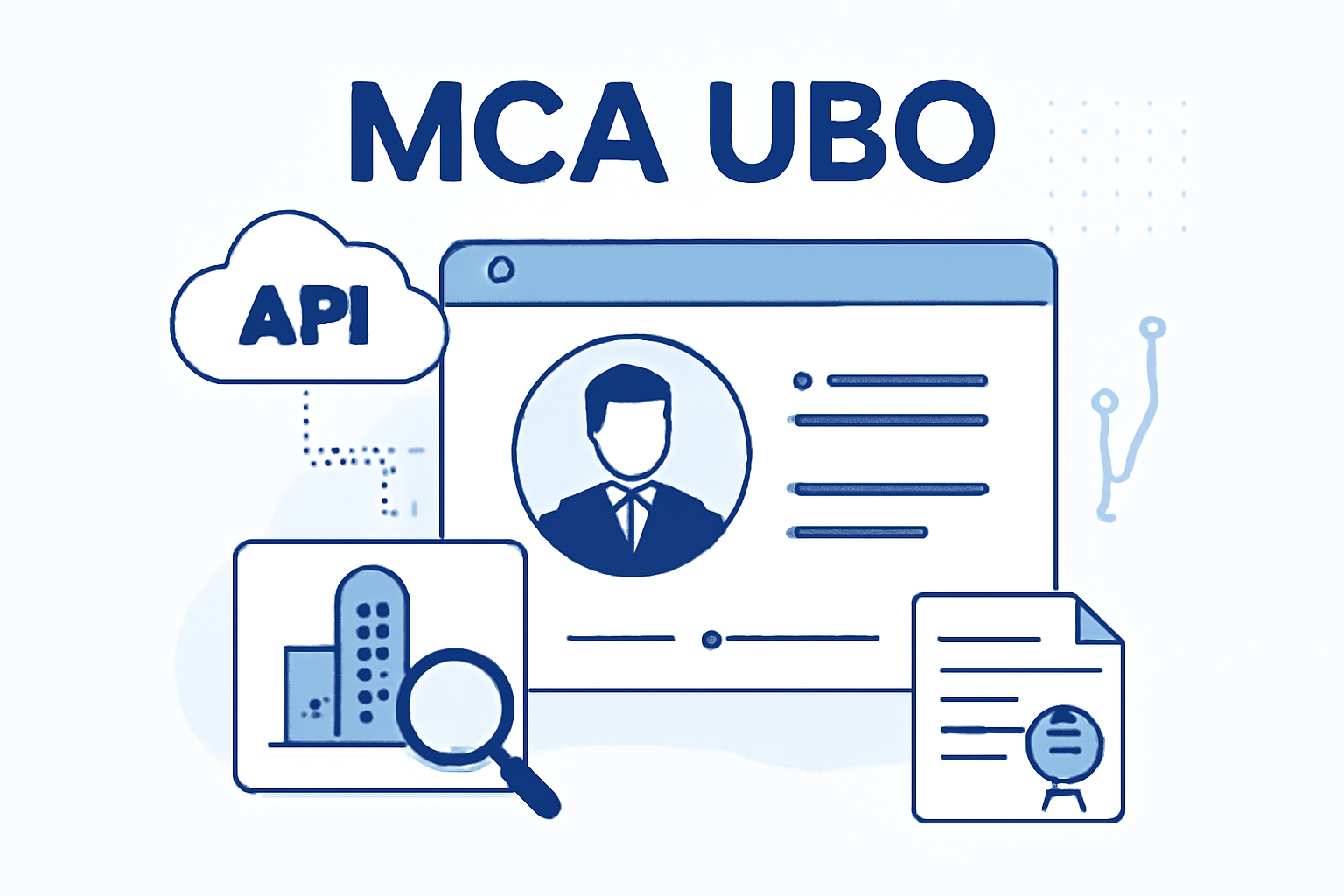Feel free to reach techsupport@surepass.io for any technical support or guidance.
MCA UBO

MCA UBO API Category
Overview
Category Details
Child Categories: None
APIs in this category: Create Order, UBO Status
Key Capabilities
Main Functionality
The MCA UBO APIs allow organizations to retrieve comprehensive beneficial ownership information from official MCA records, create and manage UBO verification orders, and track the status of UBO verification requests in real-time, all through a secure and standardized interface.UBO Information Retrieval
Access detailed information about the ultimate beneficial owners of an organization, including ownership percentages, control structures, and individual identification details as reported in MCA filings.
Verification Order Management
Create, manage, and track verification orders for UBO information, allowing for systematic due diligence processes and regulatory compliance workflows.
Real-time Status Tracking
Monitor the progress and status of UBO verification requests in real-time, enabling better planning and decision-making based on verification outcomes.
Common Use Cases
Financial Services
Compliance & Legal
Corporate Services
Integration Considerations
Best Practices
Important Limitations